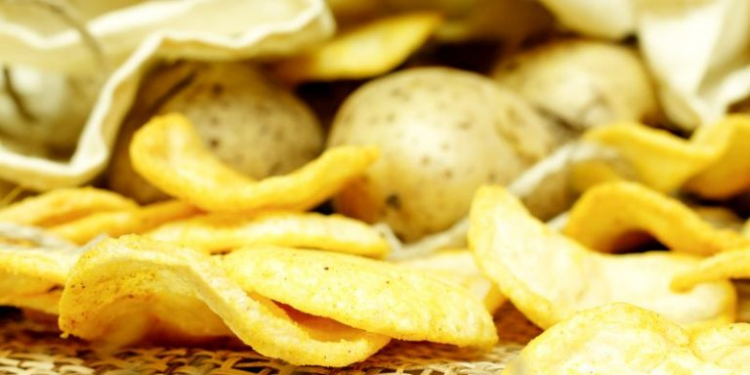Complete and non-destructive inspection at full production volumes is achieved by ensuring optimum functionality of all factors and equipment components involved, from the feed to the optical system, through image processing software and the separation machines.
Large-scale processors have several options for the electronic sorter that will recognise the potato’s colour, size, shape, properties and composition, according to their specific production needs.
Product inspection demands are met to the point of achieving the perfect, defect-free potatoes, with virtually no foreign materials, with equipment developed by manufacturers such as Kiremko, Key Technology, Tomra, Idaho Steel, or Herbert Engineering (and the list can go on).

The stakes are high: Lamb Weston is investing EUR 20 million in a fully-automated potato sorting process, according to the announcement made by the company at the beginning of March. In their turn, innovations are raising the final product standard in all production capacities: Key Technology has announced earlier this year that its Sort-to-Grade feature is available for all belt-driven G6 optical sorters – Manta, Optyx, and Tegra.
Optimum Selection
By using this kind of automation, the processor is in control of the output quality, by defining the accept/reject decisions for each defective piece inspected, as sorters grade the product by count.
This is, according to the manufacturer, a world first in sorting capabilities, with Sort-to-Grade increasing yields by one to three percent.
The operator no longer needs to subjectively adjust the sorter’s thresholds, resulting in no quality fluctuations of the final product: the software will accept or reject raw materials, considering how potentially passing a particular defect, based on its size and colour, will affect the overall final product quality, in comparison to the processor’s specifications.
Surface defects
Size distribution and percentage of aberrant shapes
Surface roughness resulting from bacterial or fungal attacks
Tuber germination
Green spots/regions following exposure to light
Bruises and diseases due to viral, bacterial, or fungal angents
Source: Computer Vision Technology for Food Quality Evaluation, Academic Press, 2007 – Da-Wen Sun (ed); Chapter 13: Grading of Potatoes
Yet another world first was introduced by Marcelissen, according to the Venlo-based company. The 3D optical sorter selects potatoes by size, length, width, shape, ratio, colour, defect and green percentage, with its built-in cameras, which register the potato and possible defects. With a capacity of 72,000 potatoes on two lanes, the machine is also equipped with valves which have each their own criteria for removing defects out of the processing line.








